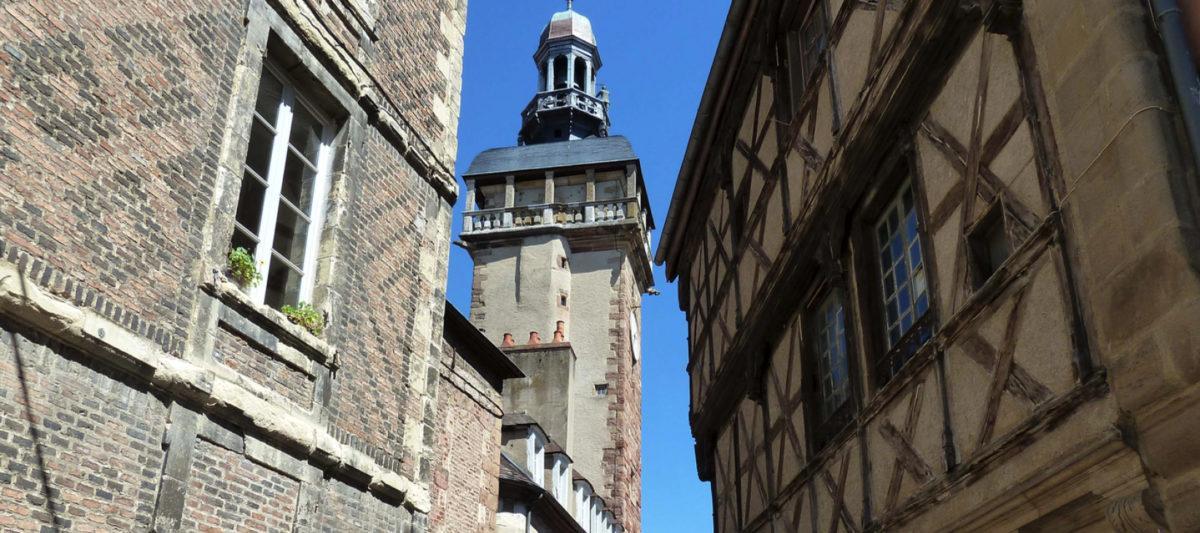Lunch with Kales Tal
Interview with Florian Fischer and Johannes Krell, directors of Kaltes Tal
What attracted you first: the limestone’s “cycle” or its beauty as a white dust cover?
We came up with the topic through our last film Still Life. We shot a part of the film at a lake that was created by a shut down lime-mining. So the water was Caribbean-blue due to the alkaline PH-value of the water, furthermore on the ground of the lake there was no natural living like fishes or plants but all covered with white dust. So we get in touch with a picture of nature that is outlandish. When shooting the last film we entered a lime-mining that is still used beside the blue lake, there we found the white powder again on the leaves of some bushes. And as a result of our research the forest liming came up.
Why were you interested to make sequences in slow-motion and how did you create them?
If you will, the limestone is both, Protagonist and Antagonist. Therefore, it was very important to give the lime a specific space and time. For example, the explosion in the lime pit: it describes the beginning of the limestone “cycle” and at the same time the end, in which the calcareous clouds spread after the explosion. In real time, the viewer would not have time to get into a deeper layer of reflecting about these cycles. Also, slow-motion is a different kind of perception, not really a human like perception. For us it was important to create a world in which the perspective of the camera and thus also the viewer’s is not clearly defined. To ask the question from which perspective one actually sees this world was important for us.
Why did you want Kaltes Tal to be only sounds? Are they all found sounds?
We were more concerned about passing on our experience, not necessarily rational information. There is not much to talk while a forest liming, as well as in the lime pit. It is rather loud and the ambient sounds of the machinery determine the acoustic perception. At the beginning, we tried to tell more in a documentary way, more objective if you want so. But in the further course,the sound becomes more and more scenic and turns into a kind of synthetic soundscape. For us, it represents more an inner perspective. It is important that the image and the sound become a symbiosis, thus creating an audiovisual experience.
Why didn’t you want to tell in Kaltes Tal what is the limestone extracted for? Did you want to keep it a mystery on purpose or is it just a minor matter?
At first we wanted to make an atmospheric perhaps poetic film without language that takes you on a non-rational journey. But we needed kind of a string or a story for us in mind to stay on track. On the other hand we think, that with the Internet, Q&A’s and additional texts we don’t have to tell all details, if you’re interested in it, you’ll find it anyway. And for us it makes more sense to raise a question than showing an information process.
How much are you interested in the environmental question? Do you have further projects on this theme?
Of course, the environmental question is an important issue for us. But similar to our audiovisual approach we try to treat this topic not the straight way. Nowadays we define nature as pristine and “real“ but most of it is already cultivated – the question around the Anthropocene is an important topic to us. Our previous short film Still Life was about the question how we see nature and how nature looks back on us. Our next project also deals with natural phenomena and our ambivalent relationship to nature.
Do you think vegetation could extinct and survive only in stills and paintings such as the Tasmanian tiger?
It’s a very nice question. Perhaps the collective memory of an entity forms its presence, and stills and paintings have the potential to present something, but they present something on their own not the thing that they refer to.
If you’ve already been to the Clermont-Ferrand, could you share with us an anecdote or story from the festival. If not, what are your expectations for this edition?
We have not been to the festival yet and unfortunately, we both have to work while this year’s edition. Such a pity! We would be very happy if it will work out next year!
Kaltes Tal is being shown in Lab Competition L5.









